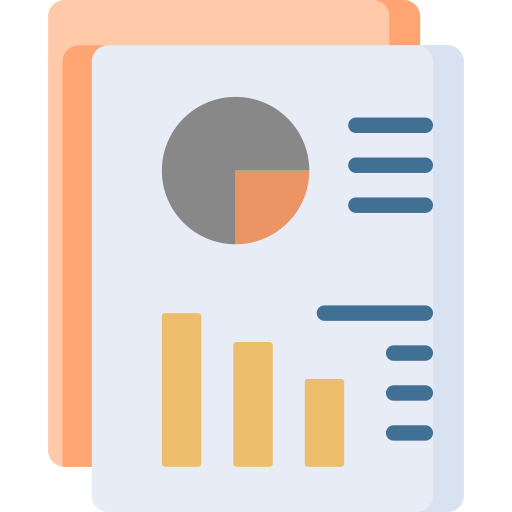Call Now: (+61) 416-195-006
Question 3:
The liabilities of banks include customer deposits and the assets side of the bank includes loans issued to customers in forms of account receivables (Raghavan, 2003). So, due to economy’s uncertainty, when there is a decrease in the demand deposits, it points out that the bank will have more money available for lending to people. For lending more money, the Banks will charge higher interests thus the interest expenses on the part of bank will raise. The demand deposits of Dragon Slayer are 100 million USD. Suppose 25% would means 25 million USD so presuming that due to economic uncertainty, the bank has to pay 50 million USD in demand deposits to the depositors. The impact of the same would be that immediate funds of 50 million USD would be needed by bank.
On assets side, the bank has 2 year personal fixed rate loan amounting to 100 million USD and 5 year personal loan amounting to 350 million USD. The Bank would have to retire any of these loans based on clauses and premature demand conditions. Preferably, 2 year personal fixed rate loan of 100 million USD must be chosen due to its earlier maturity. In case of extreme emergency, when no options are available, the bank can also utilize its 6 months T bills. The effect of falling demand deposits will be that the assets will fall by 50 million USD, unless the bank finds way to maintain its demand deposit values. The earning of the Bank will also fall to the extent of 6.5% or 4.25% on 50 million USD, whichever option bank chooses.
Question 4:
According to Basel III requirements, the Banks are required to maintain minimum Common Equity Tier 1 ratio of 4.5%. It also introduced minimum leverage ratio calculated by dividing Tier 1 capital by the bank’s average total consolidated assets (Bonner, 2015). The banks are expected to maintain leverage ratio in excess of 3% under Basel III. Generally for cushioning against unexpected losses, banks exhibit the following:
- Positive working capital (current assets – current liabilities) and declining debt.
- Equity is more than debts i.e. debt to equity ratio is low showing low leverage.
- Current ratio is more than one meaning bank have more current assets to cover its current liabilities.
- Net cash flows change at end of year are positive.
- Required level of reserves is maintained at Fed (central bank).
- Presence of contingency account for meeting unexpected losses.

Chat with our Experts
Want to contact us directly? No Problem. We are always here for you
